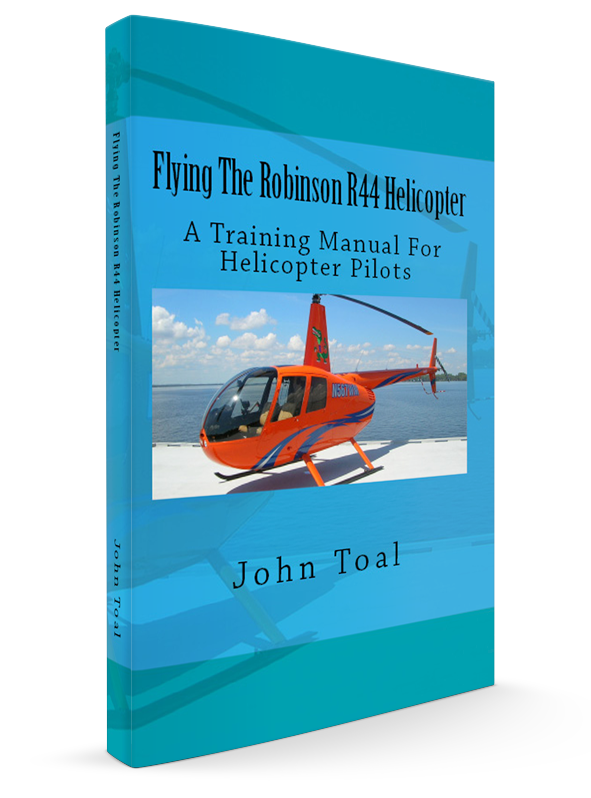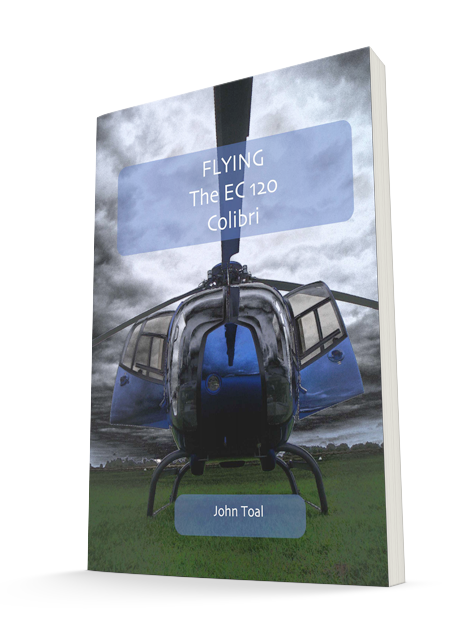The Finer Points Of Autorotations
(Reviewed on 18th March 2021)
Introduction
Qualified pilots can all do autorotations. Low time pilots can do them but are a little nervous and tentative. Students enjoy doing the autorotations but wonder what it would really be like if they had to do one for real.
The only people I know who are really good at autorotations are flight instructors. They do them every day so they get lots of practice.
My question is – how can we make the autorotation process easier for students?
Assumptions
You should be comfortable with smoothly entering an autorotation by lowering the collective and using aft cyclic while looking ahead.
Bringing the airspeed back to the autorotation speed for your helicopter type.
Controlling the rotor RPM (especially during turns).
Sequence of Events
When you do an autorotation there is a sequence of events that should happen in order for the autorotation to be successful.
- Enter the autorotation
- Establish steady glide at autorotation speed and steady RRPM
- Determine wind direction
- Select a suitable landing area
- Determine which technique you are going to use to reach the landing area
- Mayday call
- Flare
- Land
As we have already assumed that you can enter an autorotation and control your speed and RRPM, we will concentrate on the remaining items.
Determine Wind Direction
We should always be aware of what direction the wind is blowing from – just in case we have to do an emergency landing. This is covered in detail in an earlier post so I will not elaborate further on this subject.
Select a suitable landing area
The best way to select a landing area is to look all around you. Look for the biggest field or landing area close to the helicopter. Do not try to go for distance on this one as it is much, much easier to lose height than it is to gain distance.
Don’t worry if there are cables in the landing area – you can avoid these if you can see them so do not let cables prevent you from using a particular area.
It does not matter if the landing area is on the left or right.
Determine which technique you are going to use to reach the landing area
Now that you have selected a landing area, you can work out what technique you are going to use to reach the area.
- Normal autorotation
- Range autorotation
- Extended range autorotation
- Zero speed autorotation
- “S” turns
- 360 degree turns
Whatever technique you use, try to stay relaxed. You will be descending but you are still flying.
- Wind From Ahead
If the wind is on your nose then all you need to do is determine if you are going to overshoot. If the landing area appears to be moving down the windscreen then you are going to overshoot. Use “S” turns or reduce speed to lose height.
If it remains in the same position on the windscreen then you are going directly to the landing area.
If the landing area appears to be moving up the windscreen during the descent then you will land short. Increase speed to gain distance. - Wind From 3 o’Clock or 9 o’Clock
When the wind is from the side, then you need to decide when to turn into the landing area.
Treat this as part of a circuit. You need to decide when to turn on final – do not leave it too late otherwise you will not reach the landing area.
The rest of the procedure is as described in 1 above. - Wind From Behind
Treat this as the downwind leg of a circuit. Do not wait too long before turning. You need to decide when to turn on base – do not leave it too late otherwise you will not reach the landing area. Turn on base and then decide when to turn on final.
The rest of the procedure is as described in 1 above.
Mayday call
Do not stress over the mayday call. You will not be remembered for getting a great mayday call out if you subsequently crash – Fly the aircraft. Only if you have time and the conditions are right should you do a mayday call. Mayday calls get easier with practice so make sure you practice them and then you can do them quickly.
E.g. “Mayday Mayday Mayday.
ABC Approach. EI-DEF
Engine failure 4 miles northwest of Athlone
Forced Landing”
If you can get the above information out before you lose too much altitude then you are doing well. You can give extra information if you like but it is important to not get sidetracked or distracted. Practice this while driving to improve multitasking.
Flare
The flare is described in detail in a previous post on autorotations.
Land
The autorotative landing is described in detail in a previous post on autorotations.
Summary
It really is a case of practice makes perfect. Treat the approach like you would a circuit. Do your turns early rather than late. If you turn late then you increase your chances of landing short. If you turn early you have the option of doing further “S” turns to lose height.
Note the position of the landing area on your windscreen when you practice autorotation so that you have a good idea what your glide angle is for your helicopter type.
Did you enjoy this post? Why not leave a comment below and continue the conversation, or subscribe to my feed and get articles like this delivered automatically to your feed reader.








Comments
No comments yet.
Sorry, the comment form is closed at this time.